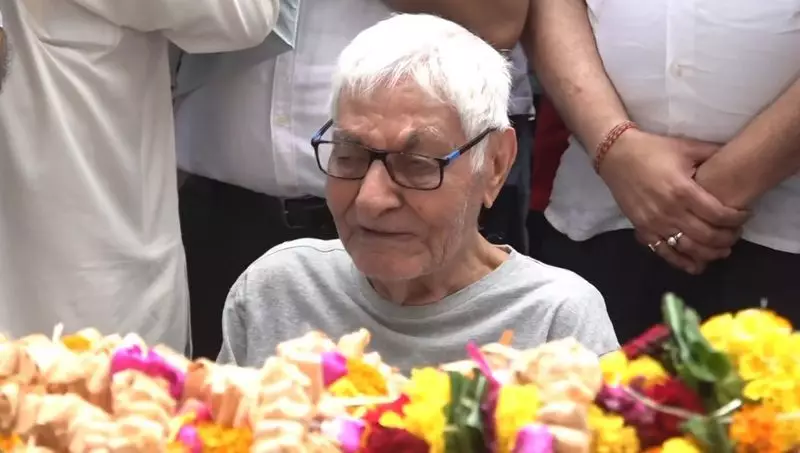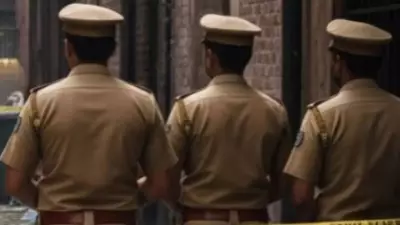
In an extraordinary moment that bridged five decades of grief, the Supreme Court of India delivered not just a legal verdict but emotional solace to a 91-year-old father who had carried the weight of his son's death since 1973.
The Historic Judgment That Healed Old Wounds
The bench, comprising Justices B R Gavai and Sandeep Mehta, addressed the nonagenarian father with profound compassion, stating emphatically that his son—the pilot of the ill-fated Air India flight—bore no responsibility for the tragic crash that claimed all lives aboard.
'Don't carry this burden on yourself,' the justices counseled, their words transcending legal formalities to offer genuine human comfort to a father who had waited half a century for closure.
The 1973 Air India Tragedy Revisited
The case centered around Air India's Flight AI-824, which met with disaster while approaching Mumbai's Santa Cruz Airport on October 12, 1973. The aircraft, carrying passengers from Singapore via Chennai, crashed during its landing approach, resulting in the loss of all 65 people on board.
For decades, the pilot had been under scrutiny, with allegations of professional negligence shadowing his memory. The recent Supreme Court proceedings, however, revealed a different story—one where mechanical failures and circumstances beyond human control were the true culprits.
A Son's Legacy Restored
The court's detailed examination of historical evidence and technical reports led to a definitive conclusion: the pilot had followed all standard operating procedures and had made every possible effort to avert the catastrophe.
'The evidence clearly demonstrates that the pilot exercised exceptional skill and judgment in extremely challenging conditions,' the bench noted in its ruling, effectively restoring the professional reputation of the deceased aviator.
Broader Implications for Aviation Safety
This landmark case does more than provide closure to one family—it highlights the evolving understanding of aviation safety and accident investigation over the past fifty years.
- Modern investigation techniques have revolutionized how we understand historical accidents
- The case sets a precedent for re-evaluating older aviation incidents with contemporary knowledge
- It demonstrates the judiciary's role in providing emotional alongside legal resolution
The Supreme Court's compassionate approach in this matter underscores the human element often missing in technical aviation discussions, reminding us that behind every accident statistic are families seeking answers and peace.





